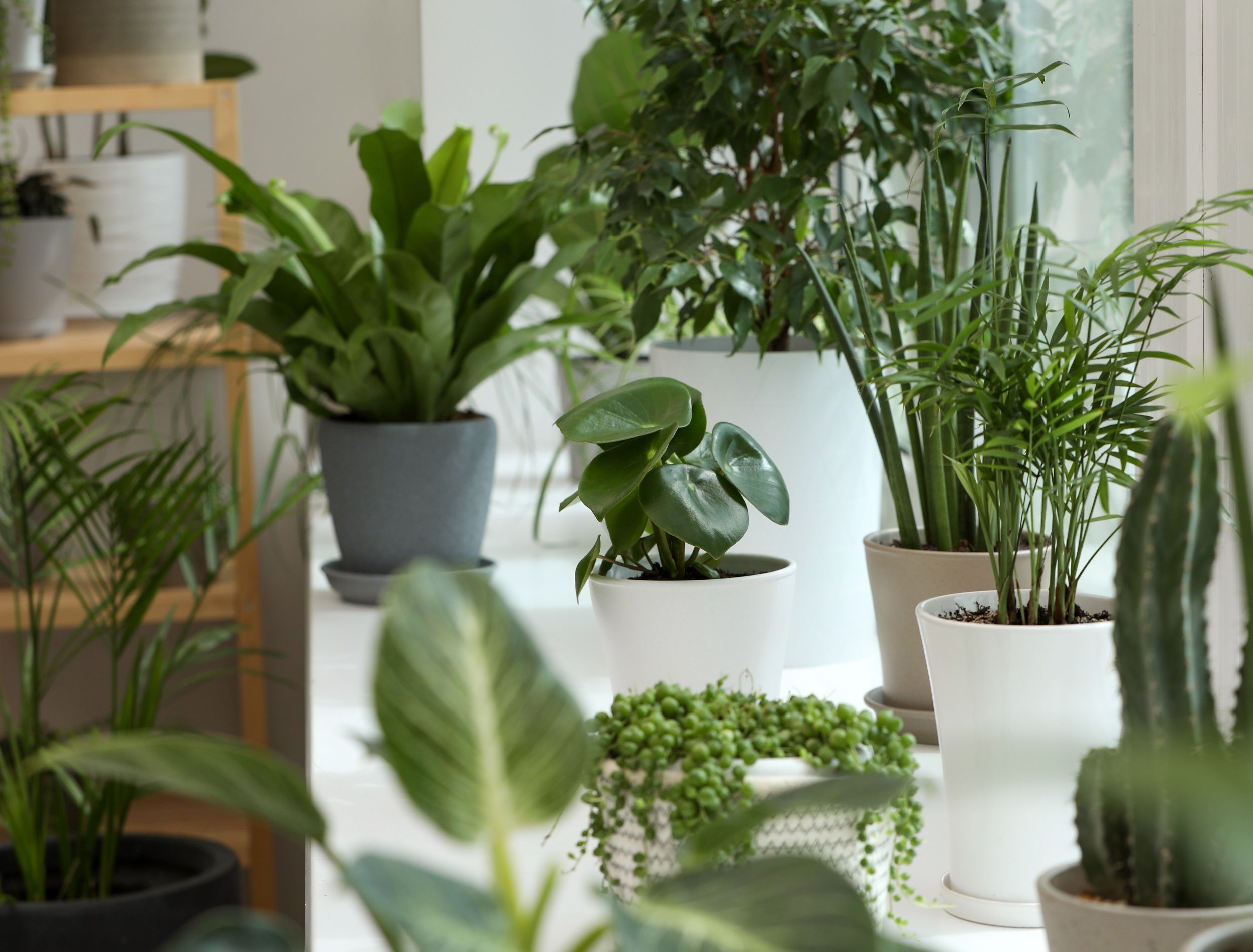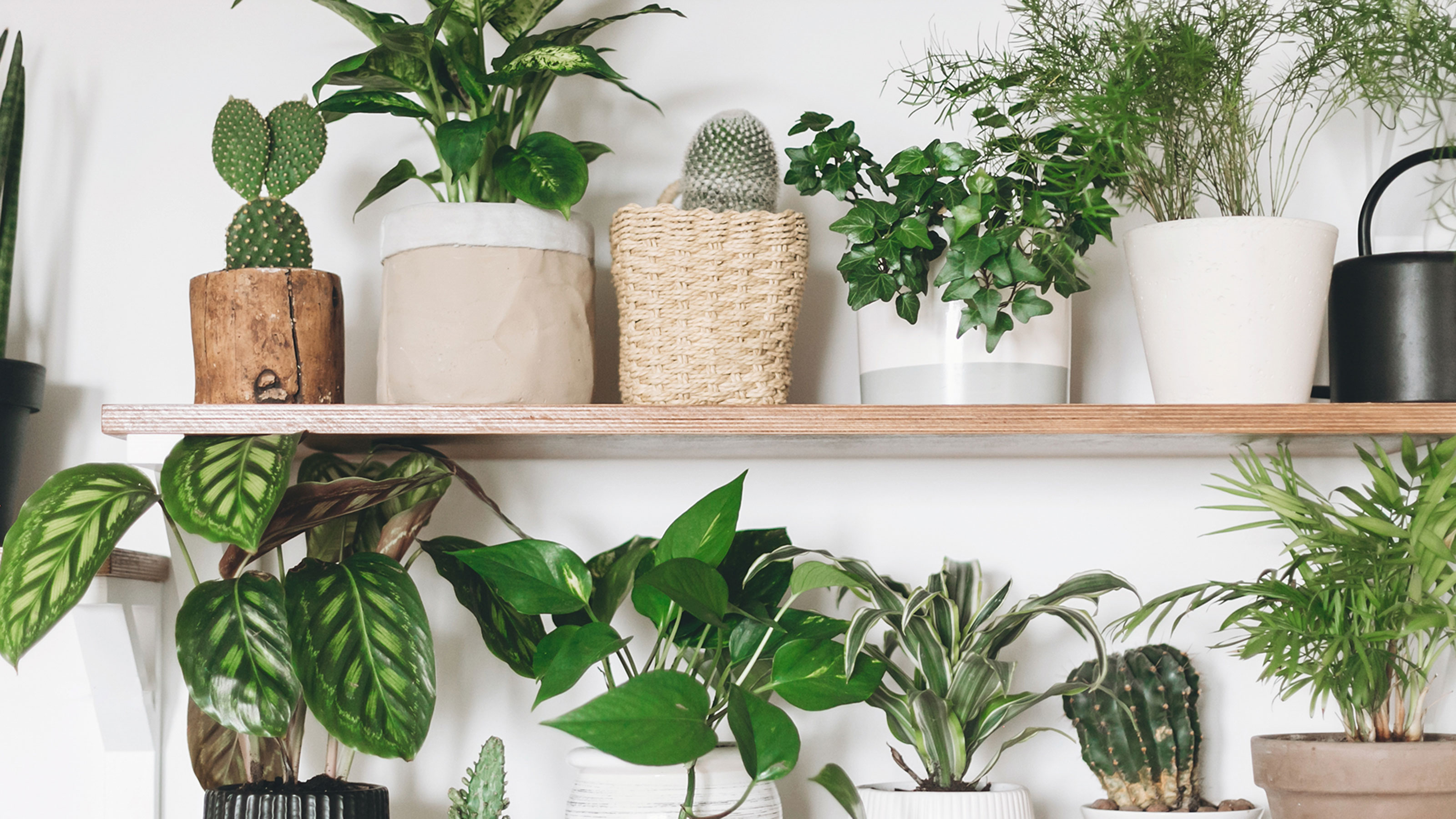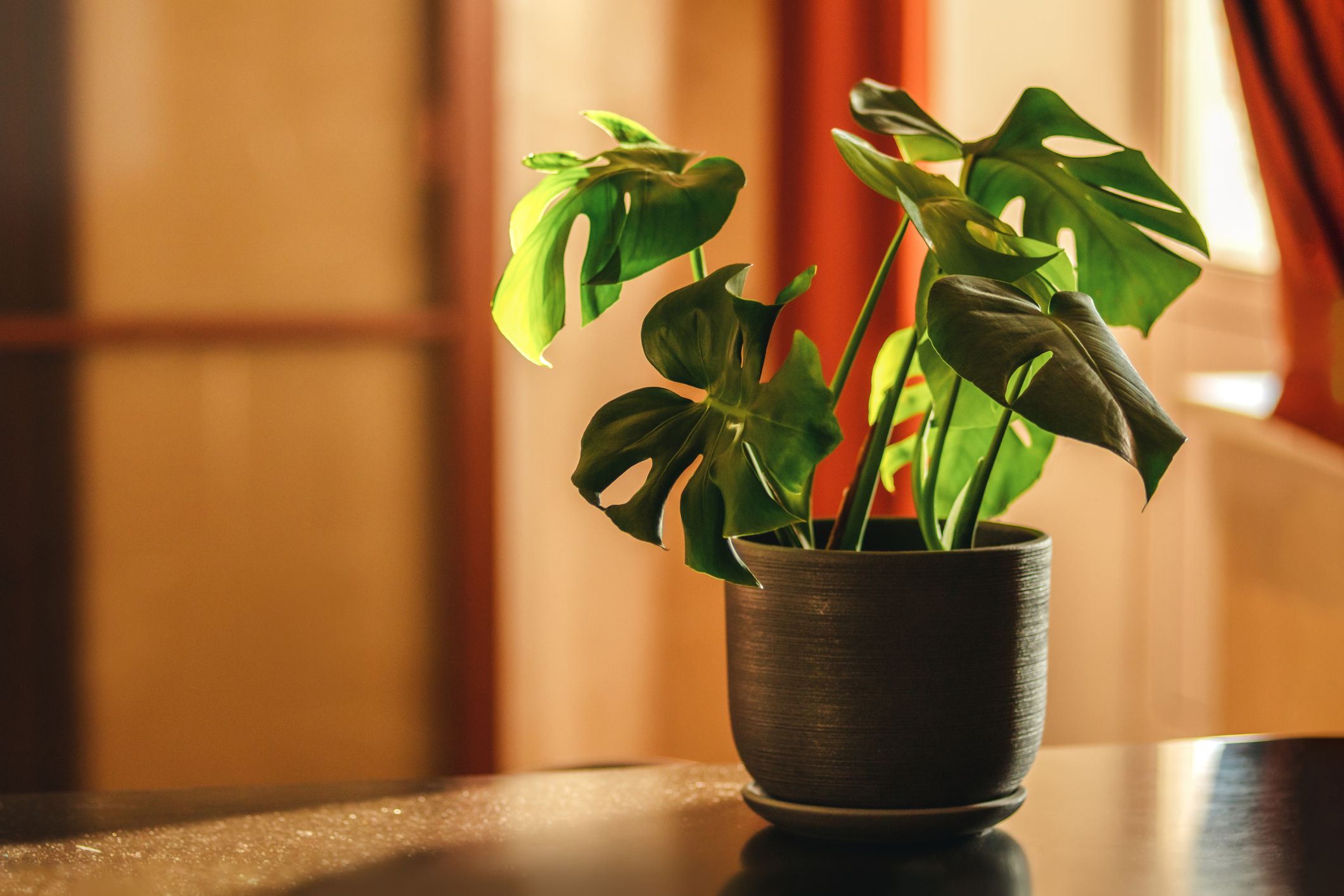The Best Low-Light Indoor Plants for Beginners and Busy Plant Owners
The Best Low-Light Indoor Plants for Beginners and Busy Plant Owners
Blog Article
Transform Your Home With Beautiful Low-Light Indoor Plants and Their Advantages
Incorporating low-light indoor plants into your home can considerably improve both the environmental and visual top quality of your living areas. These plants, which prosper in dark problems, serve not just as attractive components yet likewise as natural air purifiers, making them suitable for metropolitan residents or those with minimal sunshine exposure. As we explore the various kinds of low-light plants and their advantages, you may find surprising means to incorporate them into your home that can transform your environments in methods you may not have prepared for.
Advantages of Low-Light Plants
Low-light plants provide numerous benefits for interior environments, making them an outstanding choice for both amateur and seasoned garden enthusiasts. One of the primary benefits is their flexibility to low-light problems, enabling individuals to enhance their living spaces without the demand for considerable sunshine direct exposure. This particular makes them excellent for apartment or condos, offices, and other locations with limited natural light.

Additionally, including low-light plants right into home décor can raise the aesthetic charm of an area. Their lavish vegetation and differed appearances develop a relaxing atmosphere, adding to general health. The presence of greenery has been linked to minimized stress and anxiety degrees and enhanced performance, making low-light plants a practical selection for improving both mental and physical health in indoor settings.
Top Low-Light Indoor Plants
While several indoor plants thrive in brilliant light, a number of types are particularly fit for low-light conditions, making them excellent for different indoor areas. One popular selection is the Snake Plant (Sansevieria), recognized for its striking upright leaves and strength, needing marginal treatment. One more excellent alternative is the Pothos (Epipremnum aureum), which includes heart-shaped leaves and can track perfectly from racks or wall mounts, growing in reduced light and including a lush touch.
The ZZ Plant (Zamioculcas zamiifolia) is celebrated for its glossy fallen leaves and capacity to endure disregard, making it best for active lifestyles. Similarly, the Peace Lily (Spathiphyllum) not only tolerates low light however likewise creates magnificent white blooms, enhancing any space's aesthetic.
For a distinct touch, take into consideration the Cast Iron Plant (Aspidistra elatior), which indeed lives up to its name, prospering in the darkest edges of your home. The Chinese Evergreen (Aglaonema) supplies a range of fallen leave patterns and colors while being remarkably flexible in low-light problems. These plants not just beautify interior settings yet additionally add to air filtration, improving your space.
Treatment Tips for Low-Light Plants

Sprinkling methods are essential; these plants usually like slightly completely dry problems. Overwatering can result in root rot, so make certain that the top inch of soil is dry before sprinkling once again. Usage pots with drainage openings to permit excess moisture to run away.
Humidity is one more vital element. Several low-light plants, such as ferns and peace lilies, take advantage of greater humidity levels. To boost moisture, consider misting the fallen leaves or positioning a tray of water near the plants.
Fertilization ought to be come close to with care. During the growing period, make use of a weakened, well balanced liquid fertilizer monthly to sustain growth, yet avoid fertilizing throughout the dormant wintertime months.

Innovative Ways to Show Plants
Interior plants can work as captivating prime focus in any type of area, enhancing both aesthetic appeal and atmosphere. Imaginative displays can boost the aesthetic impact of low-light plants, making them an integral part of your home decor. One effective method is to use tiered plant stands, which allow you to showcase multiple plants at differing heights while optimizing flooring area.
Hanging planters are one more ingenious choice, producing a feeling of deepness and attracting the eye upward. Think about macramé wall mounts or wall-mounted shelves to present a distinct structure and style.
For an extra structured strategy, usage geometric terrariums or glass i thought about this containers to house your plants, including a modern-day touch to your interior yard. You can go also repurpose classic things, such as teacups or wood dog crates, for an eclectic display that reflects your individuality.
Enhancing Home Ambiance With Plants
Integrating low-light plants right into your home not only boosts aesthetic appeal however additionally contributes dramatically to the total setting. These plants work as natural design elements, introducing a feeling of harmony that can transform any kind of room. The visibility of plant promotes a calming atmosphere, which is especially helpful in high-stress environments such as office or living spaces.
Low-light plants, such as serpent plants, pothos, and ZZ plants, are not only visually pleasing but likewise boost indoor air top quality by filtering contaminants. This twin function improves the ambiance even more, developing a healthier living room (Best low-light indoor plants). The calculated positioning of these plants can also affect the perception of area; for example, tall plants can draw the eye upwards, making ceilings appear greater and rooms extra spacious
In addition, varying structures and shades of vegetation add deepness to interior decoration, permitting creative expression in home designing. Whether placed on shelves, in corners, or as focal points, low-light plants can elevate the mood of any kind of space. In recap, integrating these plants right into your home is an effective method to cultivate a warm, welcoming atmosphere while enjoying the advantages of boosted air quality and aesthetic adaptability.
Conclusion
Including low-light interior plants into home environments uses many advantages, consisting of enhanced visual appeal and boosted air high quality. These resilient plants, such as the Serpent Plant and Peace Lily, require marginal light and maintenance, making them ideal for have a peek here varied lifestyles.
While several indoor plants thrive in intense light, a number of species are particularly fit for low-light problems, making them perfect for different indoor rooms. One efficient method is to utilize tiered plant stands, which allow you to display several plants at differing heights while maximizing flooring area.
Low-light plants, such as snake plants, pothos, and ZZ plants, are not just aesthetically pleasing however also enhance interior air quality by filtering system pollutants. Best low-light indoor plants. The tactical positioning of these plants can likewise affect the perception of area; for circumstances, tall plants can attract the eye upwards, making ceilings appear greater and areas a lot more spacious
These durable plants, such as the Snake Plant and Tranquility Lily, require very little light and upkeep, making them suitable for varied way of livings.
Report this page